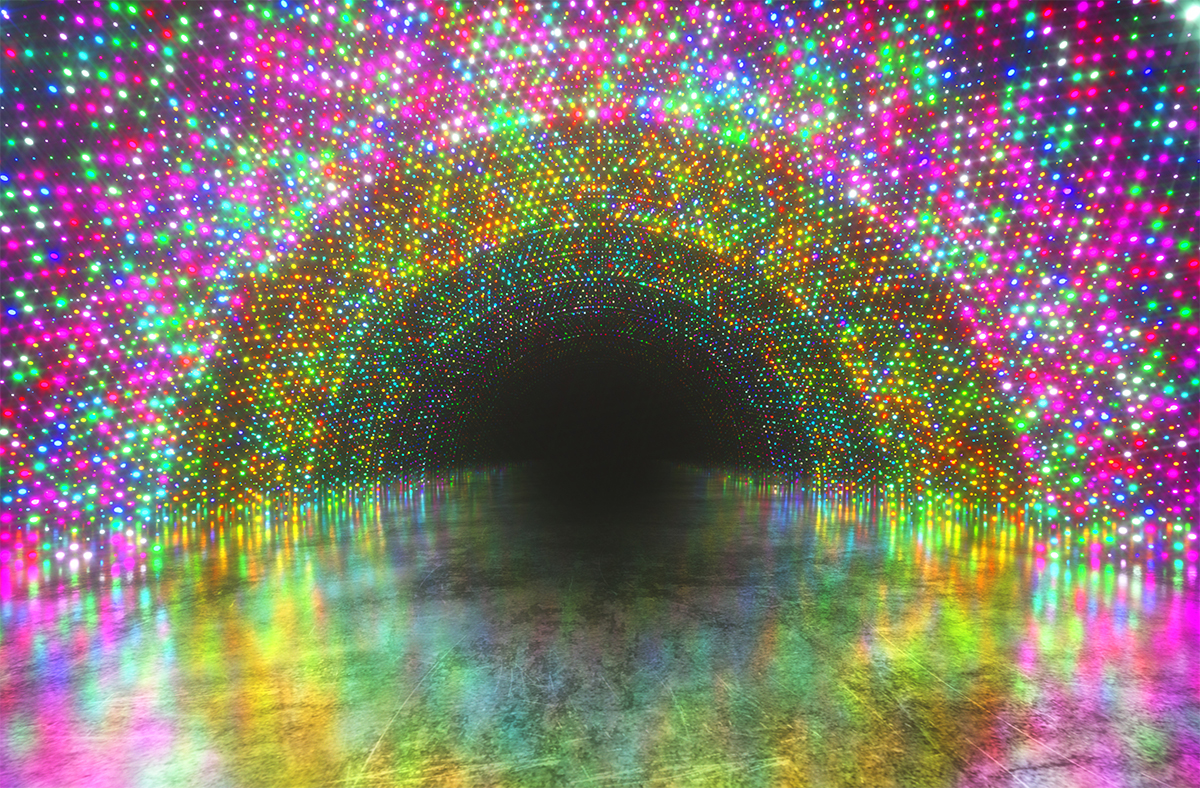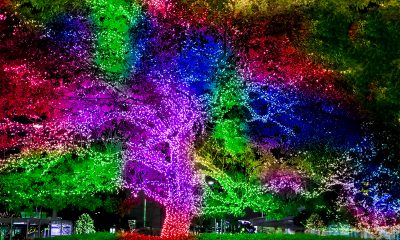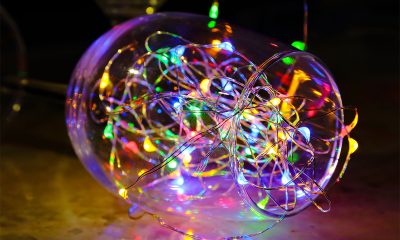Types of Christmas light bulbs
Christmas light bulbs are designed to fit holiday light strands and to create novelty Christmas lighting decorations. Traditionally, Christmas lighting had been the realm of incandescent light bulbs which come with different bulb shapes, bulb sizes and lamp bases. The most common types of Christmas light bulbs are M5, C6, C7, C9, C15, T5, G30, G40 and G50. These bulbs vary in lamp base specifications, but the two most common are the E12 candelabra base and the E17 intermediate base. The finish of the lamp envelope (lens) may be faceted, transparent, frosted or opaque.
LED Christmas light bulbs
The transition to LEDs brings Christmas lighting to the forefront of sustainability and cost reduction initiatives. Incandescent lamps convert only around 7% of the electrical energy into visible light and have only a few thousand hours of service life, which translates to huge energy and maintenance costs. LED Christmas light bulbs are designed to replicate the look and ambiance of traditional incandescent bulbs while providing significant energy savings over a significantly extended lifespan. Retrofit LED lamps for festive lighting carry the form factor of the legacy light source and are equipped with exactly the same power supply adaptor (lamp base). Typically, they are integrated lamps that have an integral LED driver. The LED packages incorporated in these lamps are mostly mid-power SMD LEDs but the use of filament LEDs to deliver vintage inspired lighting is on the rise.
Light color
LED technology provides the ability of tailoring the spectral power distribution (SPD), which determines the color of the emitted light, to the lighting needs. White light is produced using phosphor-converted LEDs. The color temperature of the LEDs is dictated by the phosphor downconverter that is coated on the LED chips. To produce color light, the conventional approach of subtractive color mixing is still used. Incandescent lamps reproduce colors by using colored glass envelopes as color filers to subtract unwanted wavelengths of light from white. However, the desired color of the narrow-band monochromatic light emitted by an LED can be achieved by modifying the configuration of the semiconductor junction. LED lamps can also operate under the principles of additive color mixing, which is contrary to the conventional approach of producing colored light from white lamps with filters.
Design considerations
The performance, reliability and durability of LED lamps depend on how the LEDs are integrated into the system. In order to prevent accelerated lumen depreciation and thus shortened useful life due to thermal degradation, the heat sink must be designed to allow adequate thermal transfer from the LED array to the ambient environment. The LED driver regulates the incoming power to provide a constant current to the LEDs. This function needs to be performed at a high efficiency while providing overvoltage protection to avoid the premature failure of the LEDs. The LED driver is often configured to allow dimming of the connected load for variable output. The component LEDs of an additive color system is driven and controlled individually for a variable color. The lens of an LED lamp is typically made of polycarbonate, which makes the lamp highly resistant to shock and vibration.














Loading...